Interest rates on the interbank market are close to 0%
Several banks continued to reduce interest rates on VND deposits in the third week of August by 0.1 - 0.5% per year. Leading the way were four large state-owned banks, Vietcombank, BIDV, VietinBank and Agribank, which simultaneously reduced their deposit interest rates by 0.3 - 0.5%. Accordingly, the interest rate for 1-2 months is 3% per year, for 3 months is 3.8% per year, for 6-9 months is 4.7% per year, and for 12 months or more is 5.8% per year. Agribank alone has the highest deposit interest rate of only 5.5% per year.
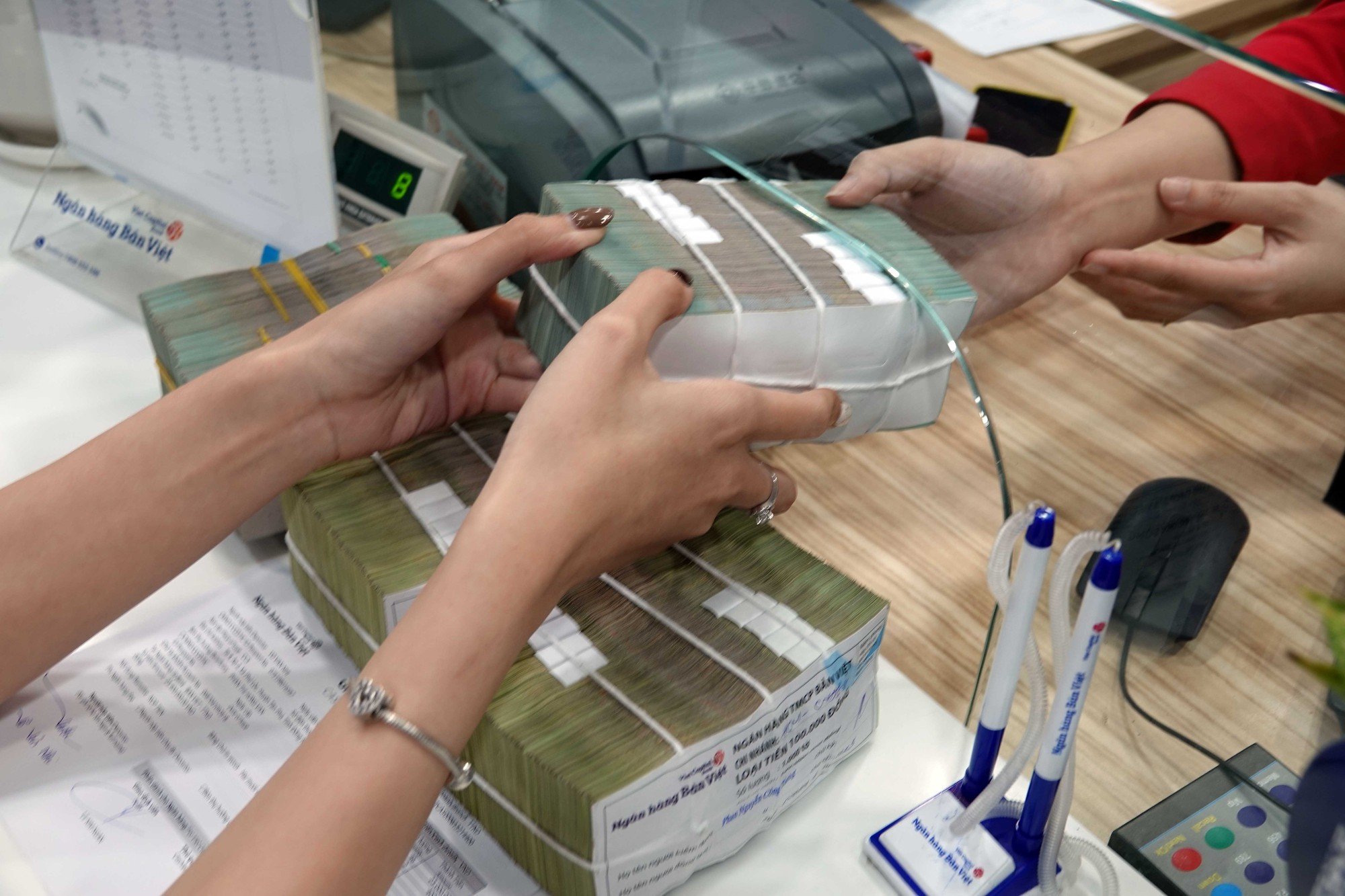
Lending rates need to be reduced further
This move by the "big guys" makes commercial banks unable to stand still. Compared to the beginning of August, some banks have reduced interest rates by up to 1%. For example, Eximbank has just reduced interest rates on the VND mobilization board by 0.4 - 1%/year compared to the beginning of the month. At present, the interest rate of 6%/year has disappeared. Accordingly, the interest rate for savings terms from 6 - 11 months is 5.6%/year, 12-month term is 5.7%/year, 15 - 60 months is 5.8%/year.
MSB reduced interest rates by 0.7% for terms of 6 months or more. The highest mobilization interest rate of this bank is 5.8%/year for terms of 12 months or more in the form of online deposits, receiving interest at the end of the term, while at the counter deposits are only 5.2%/year. Techcombank mobilizes VND for terms of 1-2 months with interest rates at 3.9%/year, 3 months at 4%/year, 6 months at 6%/year, 9 months at 6.1%/year and the highest mobilization interest rate of this bank is 6.2%/year... The savings interest rate of 7%/year is almost faintly appearing in a few banks for long terms such as OceanBank, CB, DongABank...
Not only domestic banks, foreign banks and joint ventures also apply quite low deposit interest rates, some banks have reduced their deposit interest rates for 1-month terms to 2.5%/year such as Kasikornbank (KBank) from Thailand. Deposit interest rates for less than 6 months of these banks are from 3 - 4.75%/year; 12 months from 5.5 - 7%/year...
Compared to the beginning of the year, the interest rate for saving VND of banks has decreased by 2 - 5%/year, some banks even reduced it to only half of the terrible level of 11 - 13%/year.
Dr. Le Xuan Nghia, former Vice Chairman of the National Financial Supervision Committee
Similarly, the interest rate traded between banks in the interbank market has dropped to a 2-year low, close to 0%/year for short terms. At the end of last week, overnight VND interest rates were around 0.2%, 1 week was around 0.4%, 2 weeks was 0.58%, 1 month was 1.48%... Compared to the highest level that interest rates reached in the past 52 weeks in this market at 8-9%/year, the current interest rate has decreased quite sharply.
It is worth noting that while savings interest rates are plummeting, lending interest rates at banks are still quite sluggish. Even preferential interest rates are still quite expensive. Specifically, at joint stock commercial banks, preferential lending interest rates are from 8 - 10%/year. The difference between lending interest rates before and after the preferential interest rates is commonly from 2 - 3.8%. For example, lending interest rates for home purchase, home repair, car purchase, etc. are preferential from 8 - 10%/year but after the preferential interest rates are up to 10.5 - 15.5%/year. As for existing borrowers, lending interest rates are currently down about 1 - 2%/year compared to the beginning of the year, but are still at a high level.
Ms. Pham Thuy (Tan Binh District, Ho Chi Minh City) said that according to the regulations of the lending bank, the interest rate is adjusted every year on January 1, April 1, July 1 and October 1. In the latest adjustment period, the loan interest rate that the bank increased was more than 13%/year, so currently she has to pay interest at this rate, waiting until October to be able to reduce it.
Money needs to be cheaper
According to the State Bank, credit growth by July increased by only 4.56% compared to the end of 2022, reaching about 12.47 million billion VND. This growth rate is lower than the end of June, up 4.73%, reaching 12.487 million billion VND. This shows that the banking system had negative credit of about 17,000 billion VND in July.
Faced with negative credit growth, Dr. Le Xuan Nghia, former Vice Chairman of the National Financial Supervisory Commission, said that weak credit growth is due to high interest rates and unsuitable credit conditions. The economy has gone through difficult years and needs to recover, and loan conditions require collateral, debt repayment ability, and creditworthiness from previous years. "Businesses are really facing difficulties, the biggest being the processing and manufacturing sector. Not only have orders decreased sharply, but they also face difficulties in accessing credit," Mr. Nghia said frankly.
There is a paradox in the current market, that is, banks have "lack" of capital, cannot lend out, but banks still "anchor" high lending rates. The reason is high input costs, in addition to high-interest mobilized capital still in the banking system, newly mobilized capital cannot be lent out, causing banks to increase costs. Whether banks can reduce lending rates much or little, from 0.5% or 1 - 2% depends on the capacity of each bank. However, when the lending interest rate level goes down, banks that do not reduce lending rates, customers can choose to transfer their loans to other banks with better interest rates, especially individual customers.
Mr. Nguyen Huu Huan, Head of Finance Department, Ho Chi Minh City University of Economics
Mr. Nghia compared that normally, Vietnam's savings interest rate is higher than the US's, but now it is equal, or even lower. While the US's 30-year loan interest rate is 7.31%/year, the medium-term is about 6%/year and inflation is about 4%, the real interest rate is about 2-3%/year. Meanwhile, Vietnam lends for 5 years or more with a common interest rate of 14-15%/year; some large banks apply 11-12%/year and our inflation is nearly 3%. Thus, the real interest rate in Vietnam is 8-9%/year, which is too high. Maintaining such a high interest rate will make it difficult for businesses to compete.
"Savings interest rates are currently decreasing quite positively, but lending interest rates are still very high. The reason for high lending interest rates is that the average mobilization interest rate is still high, but there is another reason that bad debts are still very large, cannot be recovered, so it is necessary to maintain high lending interest rates, even though no one borrows or few people borrow. In addition, the current money supply is very low. Normally, the money supply must be equal to nominal GDP, that is, GDP calculated at current prices, which means it must reach about 7%, but currently the actual money supply is low at 2.77%. In addition, the money turnover is also quite slow, only at 0.64 cycles/year, while the average of the years fluctuates between 2.3 - 2.5 cycles, the lowest cycle is also 1.8 cycles. Slow money turnover is also the reason why liquidity is stuck, like water in a jar. Therefore, although interest rates are reduced and credit limits are increased, it is only "turning on the tap", the important thing is that there is no or very little water in the jar, so it is difficult for the cash flow to flow strongly", he said. The metaphor and assumption that increasing money supply and reducing interest rates are still important potentials to restore Vietnam's economic growth.
Mr. Nguyen Huu Huan, Head of Finance Department, Ho Chi Minh City University of Economics, commented: Cheap money has only appeared in savings and transactions between banks. As for lending interest rates, they are not really cheap. Lending interest rates are currently 3-7% higher than deposit interest rates per year. Following the Prime Minister's direction, the State Bank recently requested commercial banks to reduce interest rates by 1.5-2% per year, especially interest rates on loans with existing outstanding debt and new loans to support businesses and individuals to restore production and business. This must be done so that money will be cheaper and can flow into the economy.
Source link


![[Photo] President Luong Cuong receives Kenyan Defense Minister Soipan Tuya](https://vstatic.vietnam.vn/vietnam/resource/IMAGE/2025/4/17/0e7a5185e8144d73af91e67e03567f41)
![[Photo] General Secretary To Lam attends conference to meet voters in Hanoi city](https://vstatic.vietnam.vn/vietnam/resource/IMAGE/2025/4/17/889ce3da77e04ccdb753878da71ded24)
![[Photo] President Luong Cuong receives Lao Prime Minister Sonexay Siphandone](https://vstatic.vietnam.vn/vietnam/resource/IMAGE/2025/4/17/337e313bae4b4961890fdf834d3fcdd5)
![[Photo] President Luong Cuong receives UN Deputy Secretary General Amina J.Mohammed](https://vstatic.vietnam.vn/vietnam/resource/IMAGE/2025/4/17/72781800ee294eeb8df59db53e80159f)
![[Photo] Hundred-year-old pine trees – an attractive destination for tourists in Gia Lai](https://vstatic.vietnam.vn/vietnam/resource/IMAGE/2025/4/17/25a0b7b629294f3f89350e263863d6a3)
![[Photo] Prime Minister Pham Minh Chinh and Ethiopian Prime Minister visit Tran Quoc Pagoda](https://vstatic.vietnam.vn/vietnam/resource/IMAGE/2025/4/17/18ba6e1e73f94a618f5b5e9c1bd364a8)


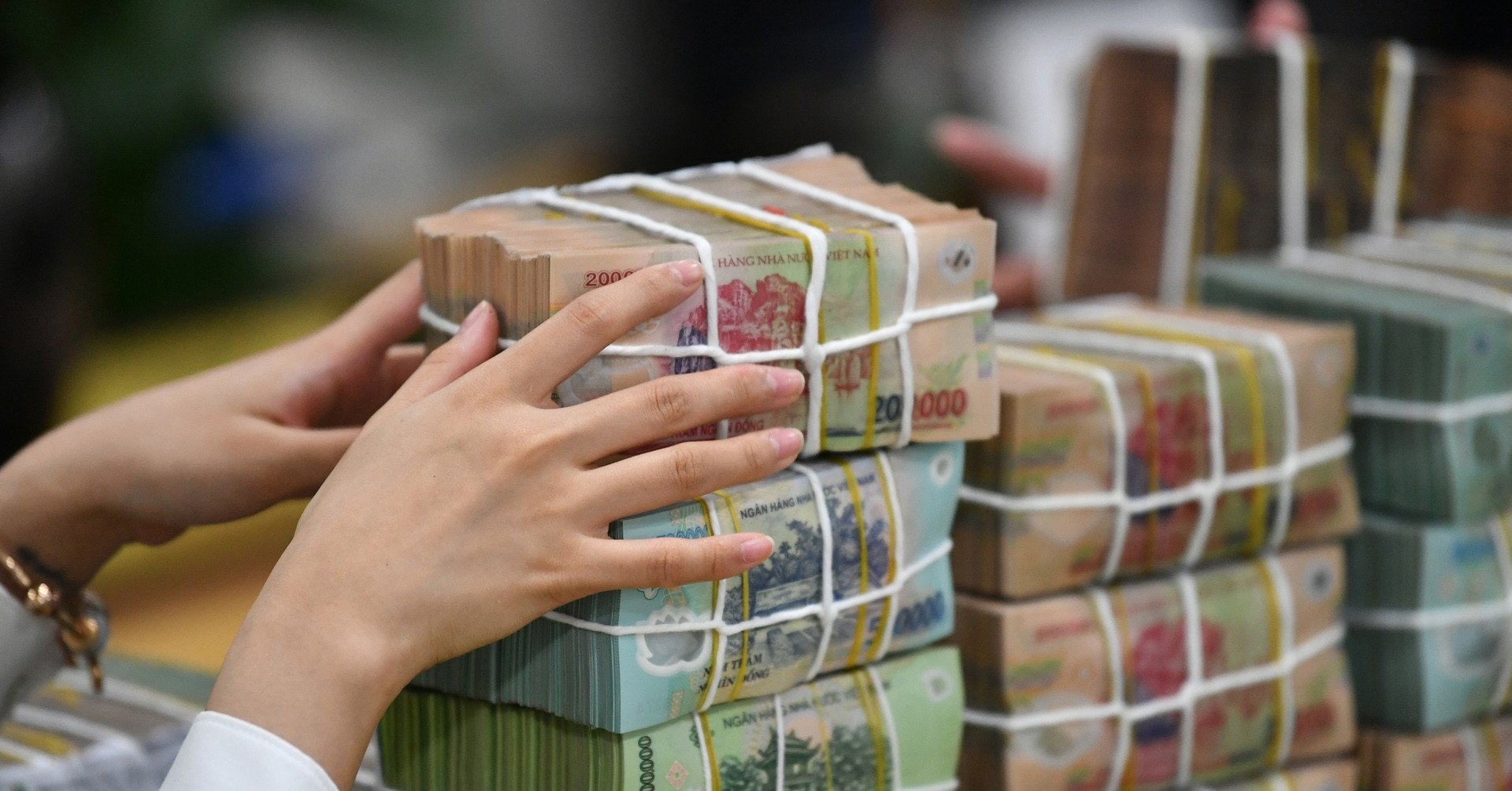


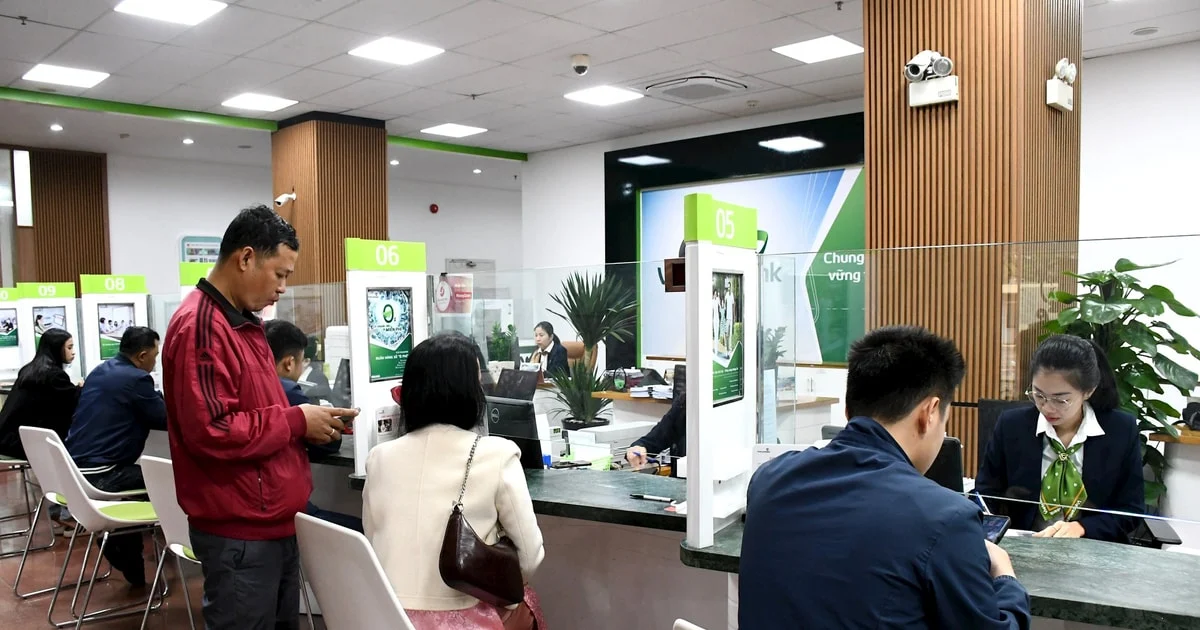


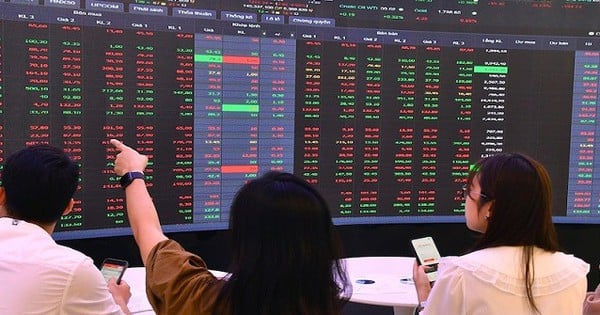

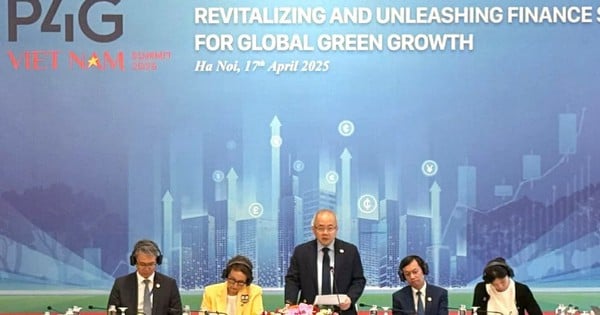









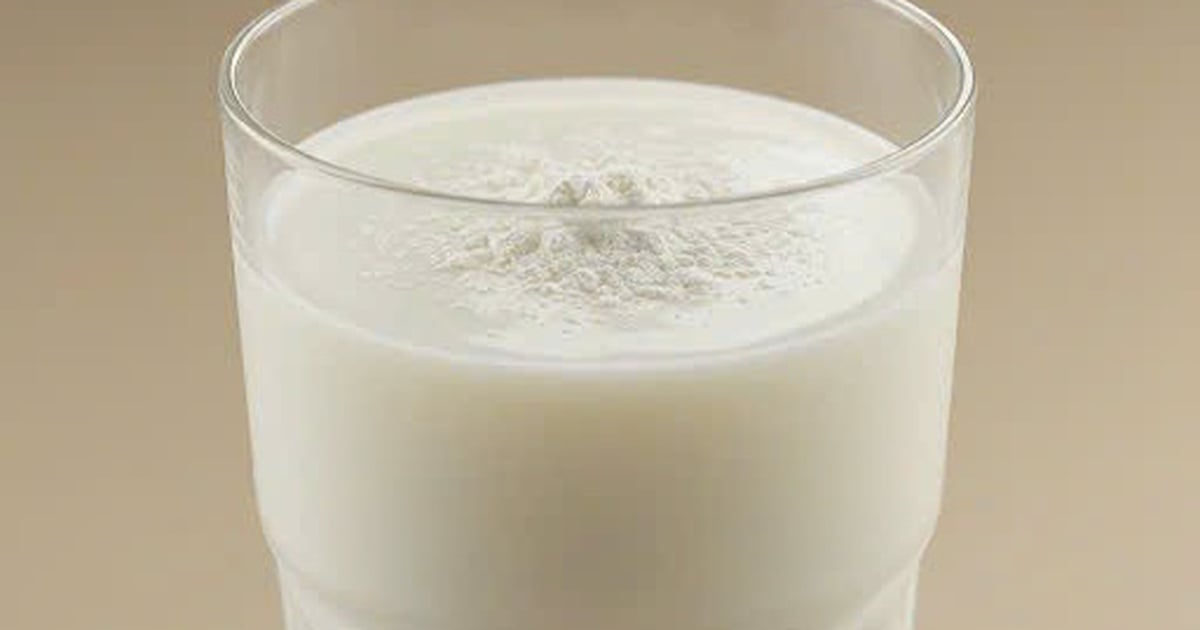




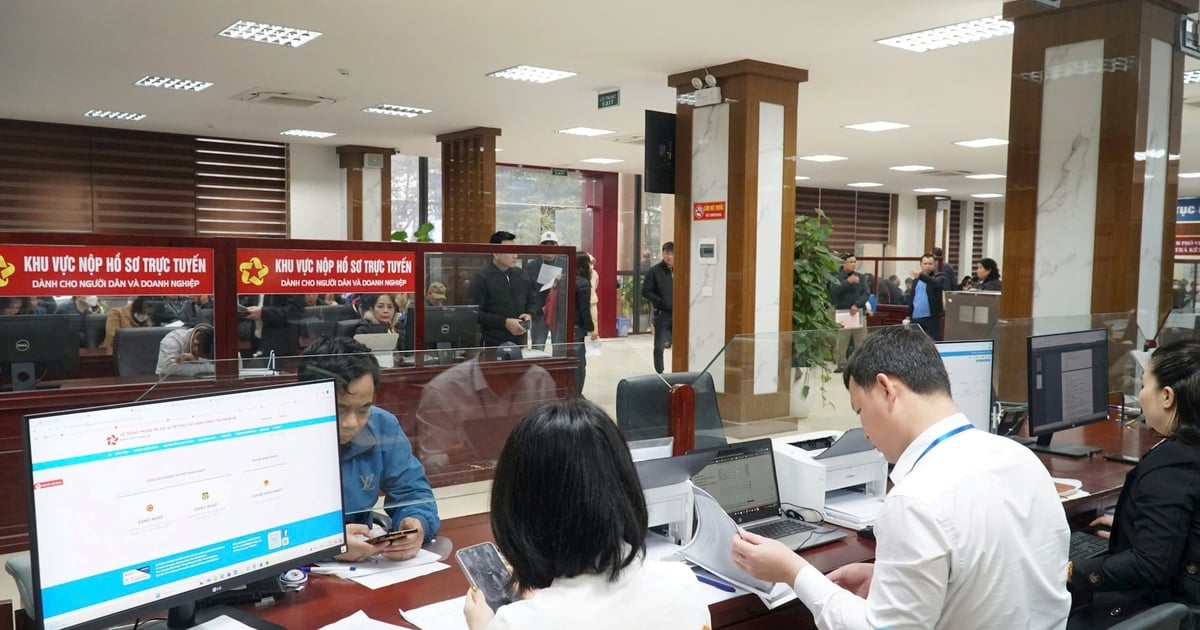

















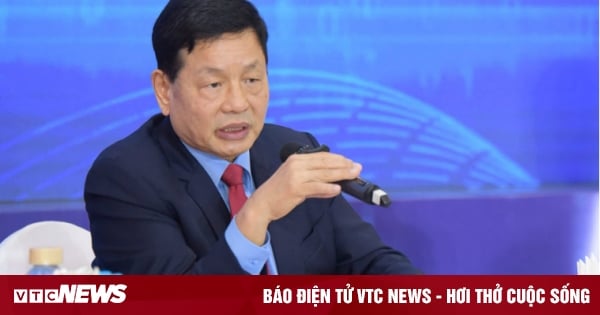





![[Video] Viettel officially puts into operation the largest submarine optical cable line in Vietnam](https://vstatic.vietnam.vn/vietnam/resource/IMAGE/2025/4/17/f19008c6010c4a538cc422cb791ca0a1)
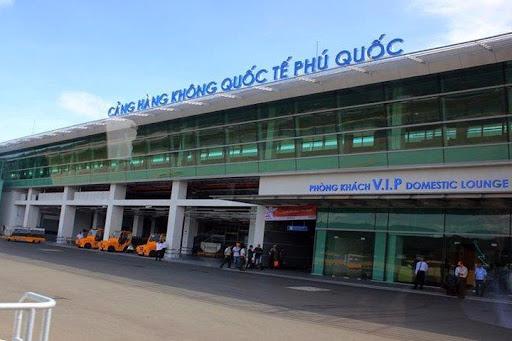




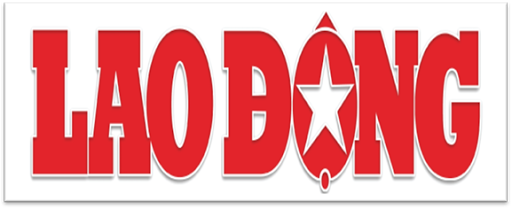



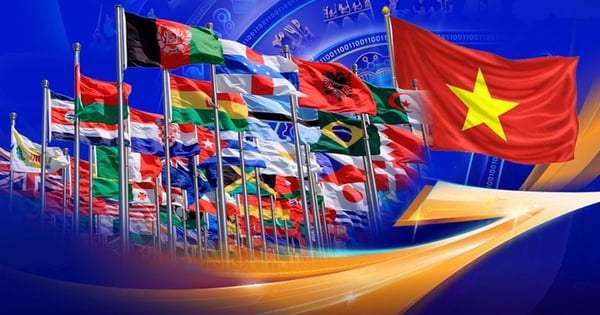
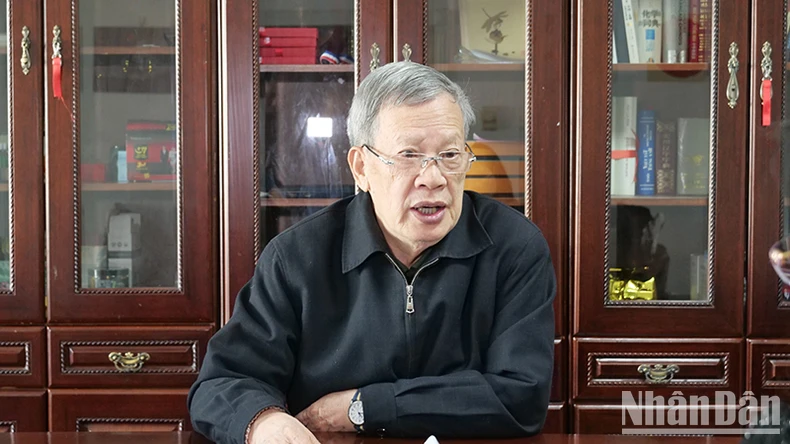




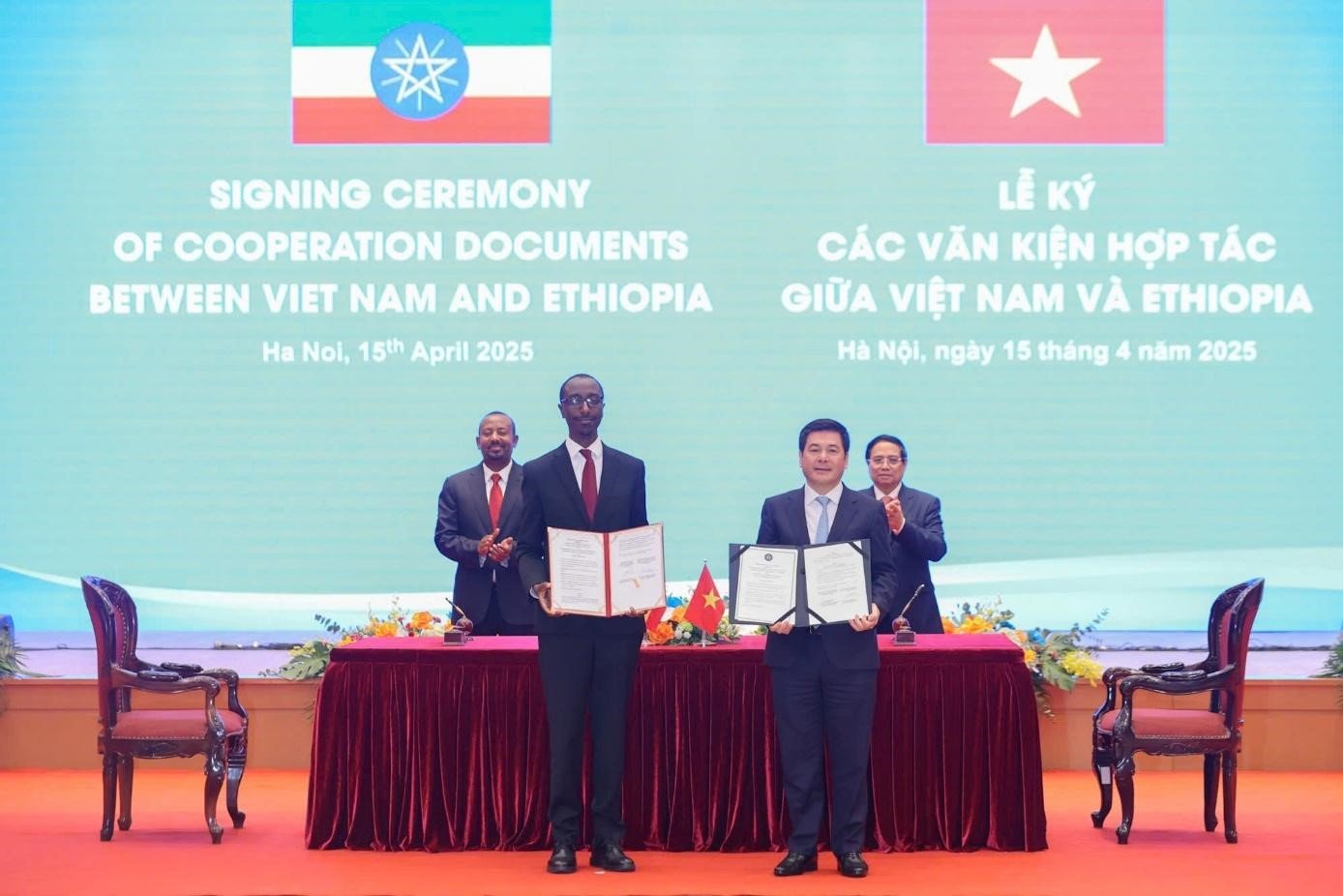



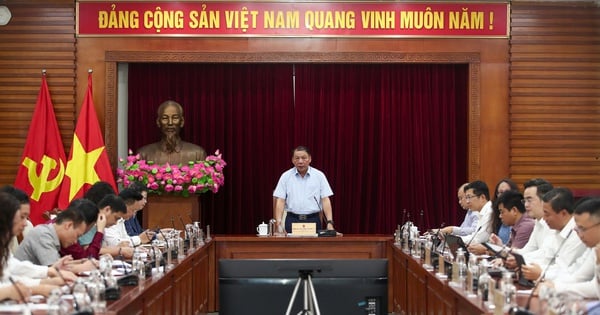

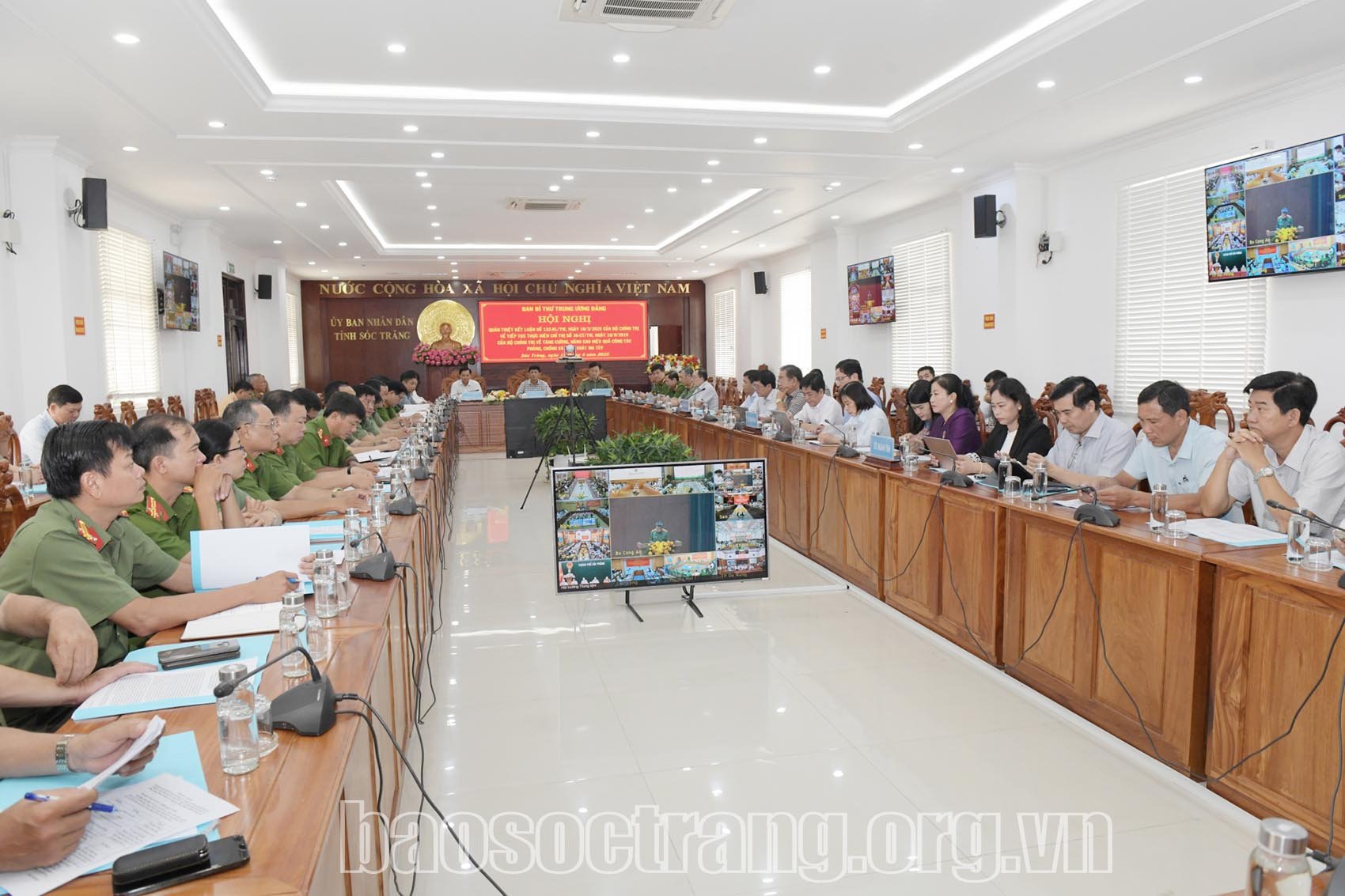



















Comment (0)